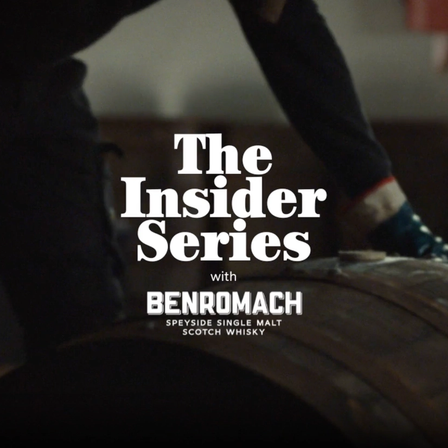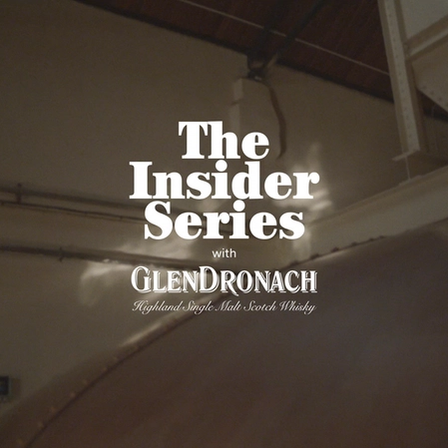- Insights
Bourbon Barrels Challenges and Creative Solutions in 2024
- Words By Alice Endersby

In the past decade, the rapid growth of distilleries in the U.S. has greatly exceeded the expansion of new cooperages, creating significant challenges for the whisky industry.
As we enter 2024, a crisis arises from the heightened demand for ex-bourbon barrels. How are distilleries adjusting to manage these production challenges?
The Bourbon Shortage Dilemma
The existing bourbon shortage, worsened by the effects of COVID-19, has resulted in a supply-demand imbalance, impacting popular brands like Buffalo Trace. Bourbon sales have skyrocketed nearly 40% in the past decade, and the industry is struggling to keep up. This shortage doesn’t just limit bourbon availability; it also causes a ripple effect in the Scotch whisky industry.
Market Dynamics and Challenges
The gap between the demand and supply of ex-bourbon barrels is driving up cask prices. With the global expansion of the whisky market, the focus is moving from quantity to quality. This intensifies the shortage of new and first-fill casks, especially for premium producers.
Why Does That Affect Scottish Whisky?
Legally, Bourbon whisky must be stored in new, charred oak barrels. After their single use in the US, these barrels are often sold to whisky makers in Scotland and other countries. This arrangement benefits both parties. Bourbon distillers can recoup some of their barrel investment, while Scotch whisky makers receive a steady, affordable supply of casks with plenty of life left in them.
Creative Responses to the Cask Challenge
In response to this urgent issue, whisky makers are showing resilience. Major producers refuse to compromise on maturation profiles and are pressuring suppliers to secure the needed cask volumes worldwide. They are exploring joint ventures and distribution deals that involve bourbon-for-barrel exchanges, highlighting the industry’s adaptability. In Ireland, distillers are using more virgin American oak, while smaller producers are cautiously entering direct deals with bourbon counterparts, paying close attention to cask quality. These strategies are expected to develop over the year.
Conclusion
The whisky industry is at a trans-formative juncture, leading to a comprehensive reassessment. Solutions range from expanding global sourcing for diverse cask types to enhancing cooperage efficiency to increase cask value. Possible changes to industry regulations demonstrate a commitment to sustainable solutions. As distillers navigate these hurdles, 2024 heralds a significant shift in whisky operations, with innovation and collaboration at the forefront. Keep an eye out for the emerging strategies that will define the industry’s future.


